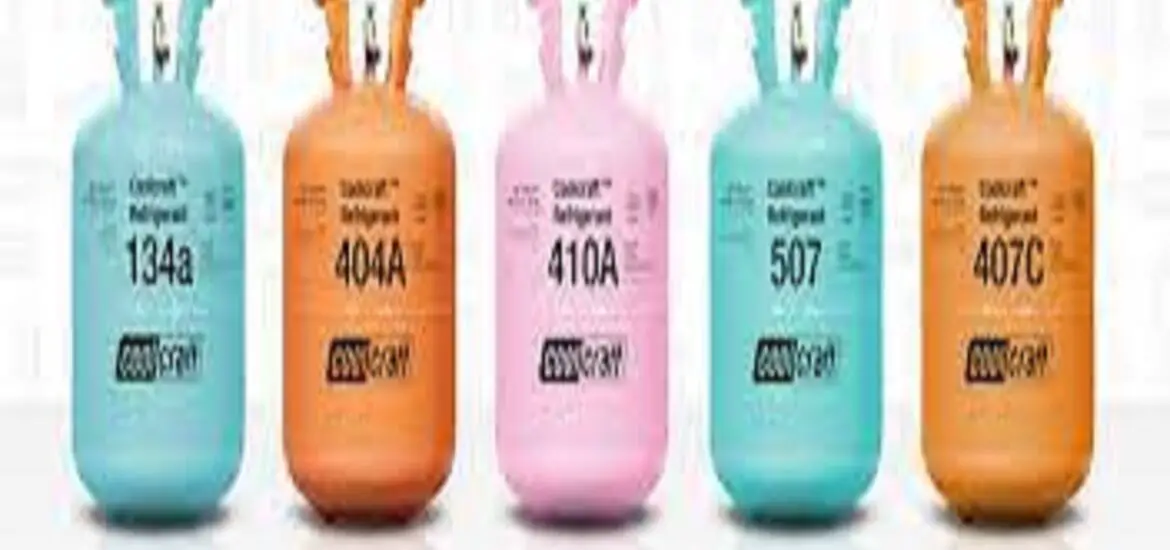Refrigeration without refrigerant? You bet! Homeowners, it’s time to rethink the way we keep our homes cool. With increasing concerns about the environmental impact of traditional refrigerants, it’s essential to explore alternative cooling methods that are both eco-friendly and efficient. In this article, we’ll dive into some of the coolest (pun intended) alternatives to traditional refrigeration.

Table of Contents
Thermoelectric Cooling
The Peltier effect
Ever heard of the Peltier effect? It’s a nifty little principle that allows for cooling without using any refrigerants. Sounds like magic, right? Well, it’s actually science!
Basic principles
At its core, the Peltier effect is all about how certain materials can create a temperature difference when a voltage is applied across them. Pretty cool, huh?
Materials and efficiency
While thermoelectric cooling isn’t as efficient as traditional refrigeration, it still has its perks. Plus, with ongoing research, who knows how far we’ll go?
Thermoelectric cooling applications
Small appliances
From wine coolers to mini fridges, thermoelectric cooling is a neat fit for compact appliances. It’s quiet, vibration-free, and perfect for small spaces.
Electronics cooling
Got a gaming rig or a high-performance PC? Thermoelectric cooling can help keep your gadgets chill and running smoothly.
Evaporative Cooling
Direct evaporative cooling
Imagine a cool breeze on a hot summer day. That’s what direct evaporative cooling feels like. It’s nature’s AC, and it’s been around for ages.
Basic principles
Simply put, direct evaporative cooling works by passing hot air through water-soaked pads. The water evaporates, and voila! Cool air is released.
Suitability and limitations
While it’s a fantastic option in arid regions, it might not be the best fit for humid areas. But hey, it’s energy-efficient and eco-friendly!
Indirect evaporative cooling
Heat exchanger systems
Indirect evaporative cooling is like direct cooling’s sophisticated sibling. It uses a heat exchanger to keep the cooled air separate from the moisture, so you won’t feel muggy indoors.
Dew point cooling
Another clever approach, dew point cooling, cools the air below its dew point to remove moisture. It’s great for maintaining comfy humidity levels indoors.
Applications and energy efficiency
Evaporative cooling systems are perfect for residential use, warehouses, and even greenhouses. Plus, they can save you a ton on energy costs!
Adsorption Cooling
Adsorption refrigeration cycle
Adsorption cooling sounds like a mouthful, but it’s just another cool (literally) way to refrigerate without refrigerants. It uses the power of adsorption to get the job done.
Adsorbent materials
Materials like silica gel and zeolites play a crucial role in adsorption cooling. They grab onto refrigerant vapors, creating a cooling effect. Science is amazing, right?
Adsorbate selection
Water, ammonia, or other eco-friendly substances can act as adsorbates in the adsorption cooling process. No harmful chemicals needed!
System components and design
Heat exchangers
Adsorption cooling systems have heat exchangers that help transfer heat from one part of the system to another. It’s a well-designed dance of energy exchange.
Click here for more articles like this – – Vapor Refrigeration: Easy Guide to Keeping Things Chill
Adsorption bed
At the heart of the process lies the adsorption bed, where the adsorbent material grabs onto the adsorbate and releases heat.
Applications and energy efficiency
From residential to industrial use, adsorption cooling has a wide range of applications. And guess what? It’s energy-efficient and can even run on waste heat!
Magnetic Refrigeration
Magnetocaloric effect
Magnetic refrigeration is like the superhero of the cooling world. It harnesses the power of magnets to keep things cool. Sounds futuristic, doesn’t it?
Basic principles
It’s all about the magnetocaloric effect – when certain materials heat up or cool down in response to a changing magnetic field. Neat, huh?
Magnetocaloric materials
Special alloys with unique properties are the stars of magnetic refrigeration. They make the magnetocaloric effect possible and pave the way for a greener future.
Magnetic refrigeration cycle
Active magnetic regenerator
The active magnetic regenerator, or AMR, is the key component in magnetic refrigeration. It’s where the magic (or rather, magnetism) happens!
Energy efficiency
While magnetic refrigeration is still in its early stages, it shows great potential for high energy efficiency and eco-friendliness.
Applications and challenges
From household appliances to industrial cooling, magnetic refrigeration has numerous potential applications. As the technology advances, the possibilities are endless!
Conclusion
Comparison of alternative cooling methods
So, there you have it – a rundown of some fantastic alternatives to traditional refrigeration. Each has its pros and cons, but they all share a common goal: eco-friendly cooling.
Future prospects and developments
As we strive for a greener, cleaner planet, these innovative cooling solutions will only get better. Who knows what the future of refrigeration holds? One thing’s for sure: it’s going to be cool!
